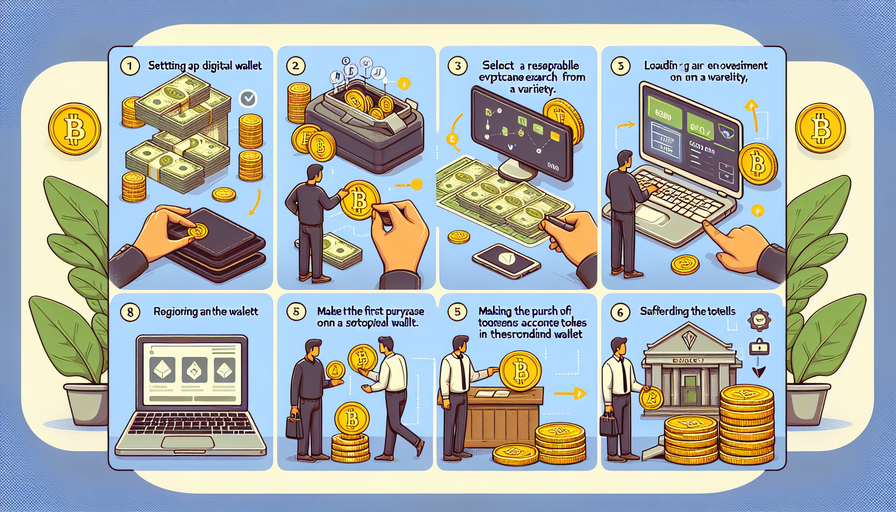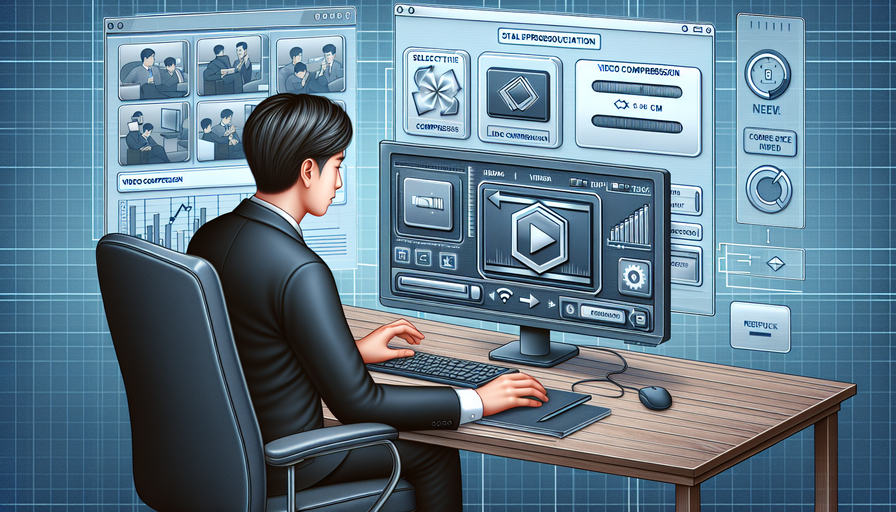GIFs have become a popular form of expression on the internet, allowing users to convey emotions, reactions, and messages in a fun and engaging way. Creating your own GIF can be a creative and rewarding process that allows you to share your unique perspective with the world. In this guide, we will walk you through the steps of making your very own GIF.
Step 1: Choose Your Content
The first step in creating a GIF is to decide what content you want to use. This could be a video clip, a series of images, or even an animation that you have created yourself. Make sure the content is something that you have the right to use and that it conveys the message or emotion you want to express in your GIF.
Step 2: Select Your Tools
There are several online tools and software available for creating GIFs. Some popular options include Giphy, Imgflip, and Adobe Photoshop. Choose the tool that best suits your needs and familiarity with editing software.
Step 3: Edit Your Content
Once you have selected your tool, it’s time to edit your content to create your GIF. This may involve trimming a video clip, adjusting the timing of images, adding text or effects, or any other modifications you see fit. Be creative and experiment with different options until you achieve the desired result.
Step 4: Export Your GIF
After editing your content, it’s time to export your GIF. Most tools will have an option to save or export your creation as a GIF file. Make sure to choose the appropriate settings for quality and file size based on where you plan to share your GIF.
Step 5: Share Your Creation
Congratulations! You have successfully created your own GIF. Now it’s time to share it with the world. You can upload your GIF to social media platforms like Twitter, Facebook, or Instagram, share it on messaging apps like WhatsApp or Telegram, or even submit it to websites like Giphy for others to discover and use.
Conclusion
Creating a GIF can be a fun and rewarding experience that allows you to express yourself in a unique way. By following these steps and letting your creativity flow, you can make eye-catching and engaging GIFs that will entertain and inspire others online.


